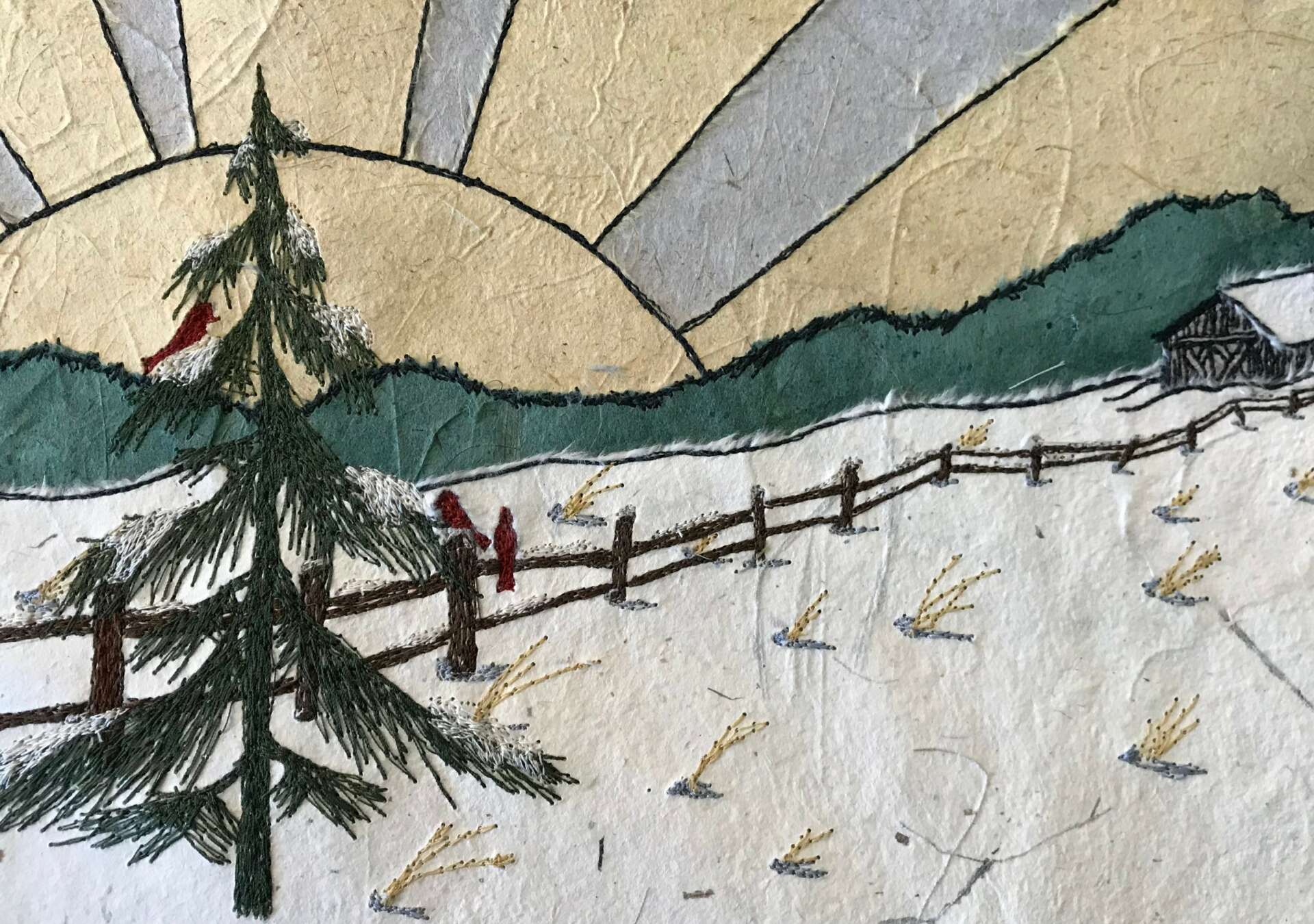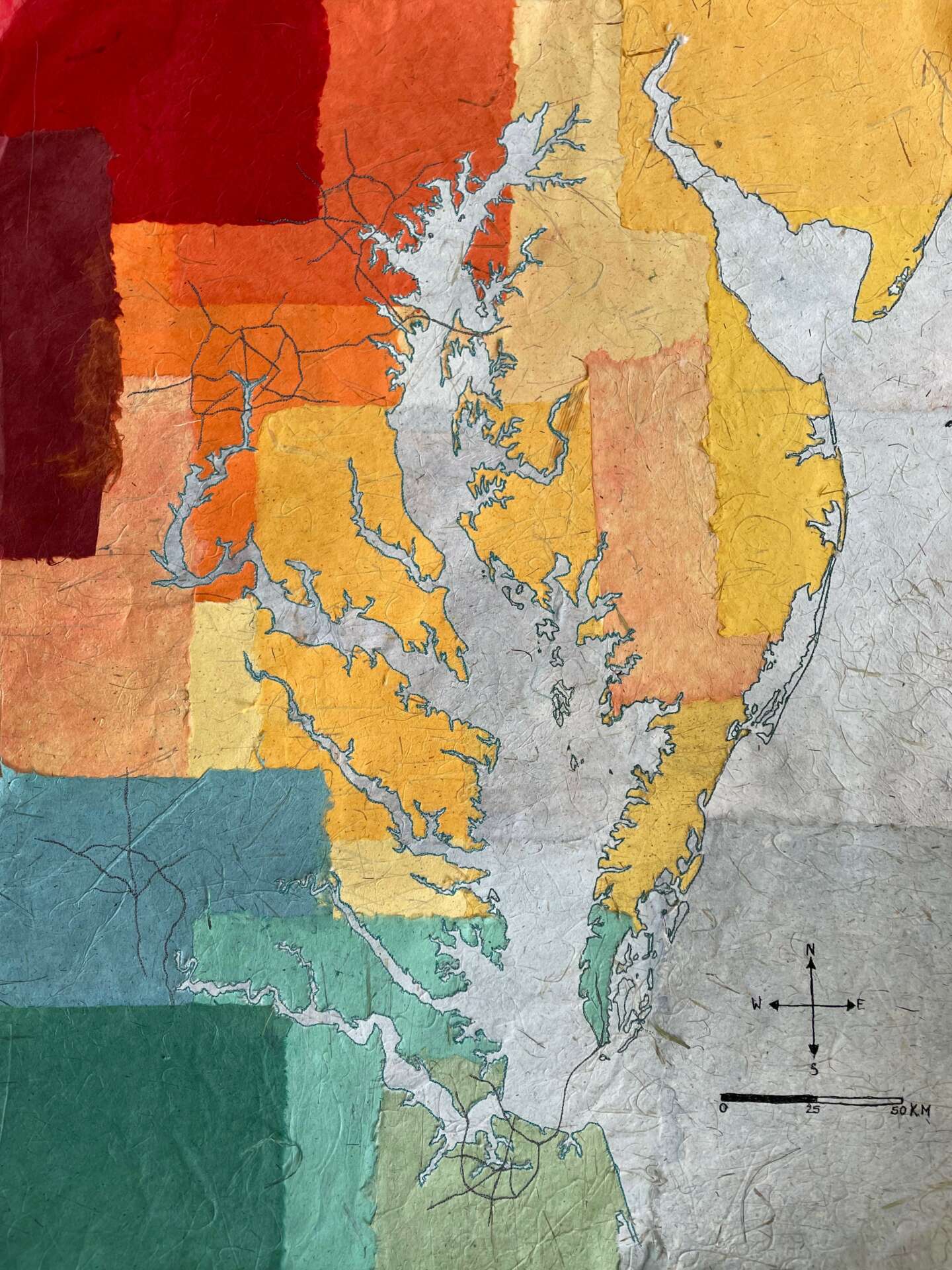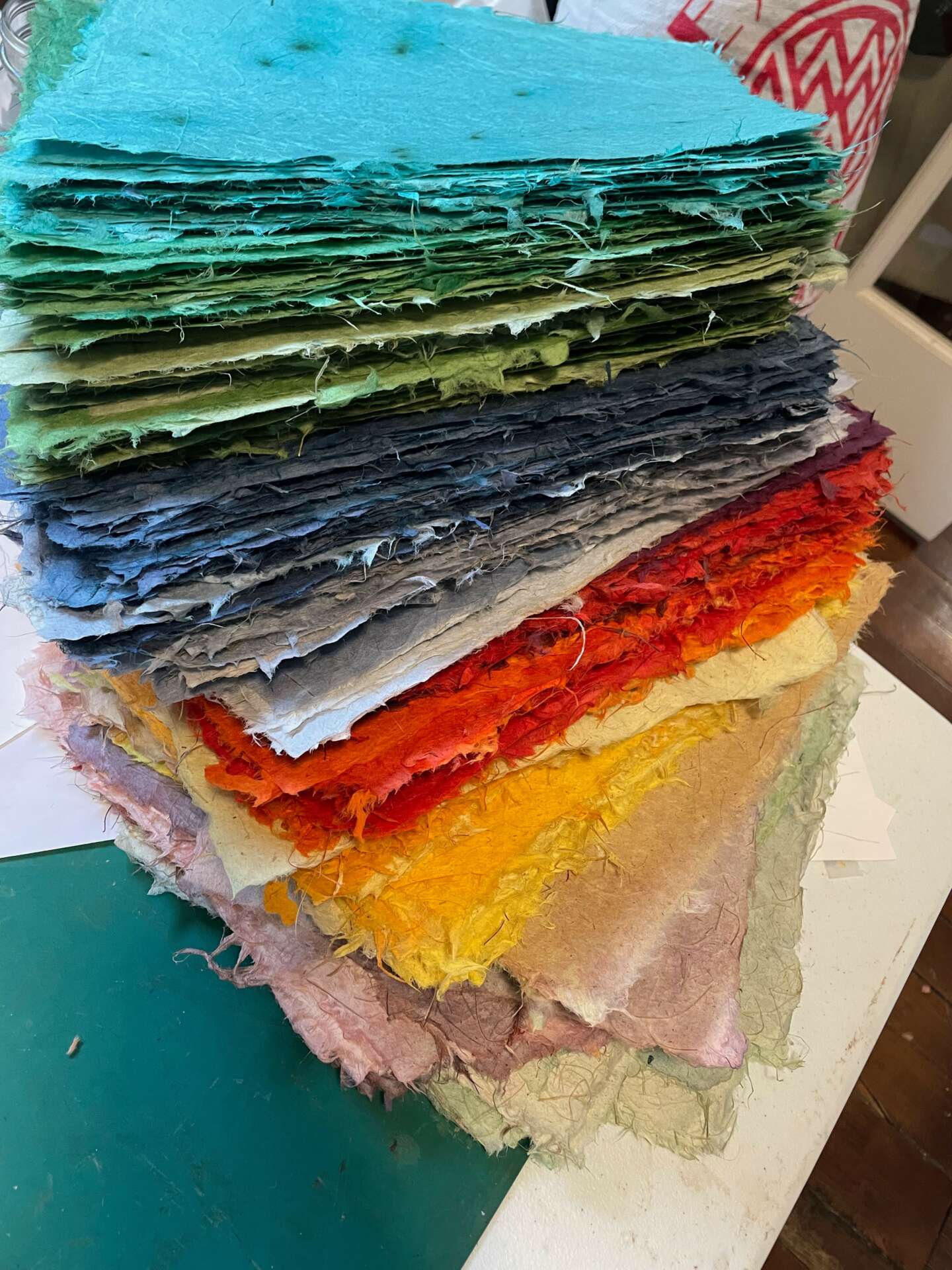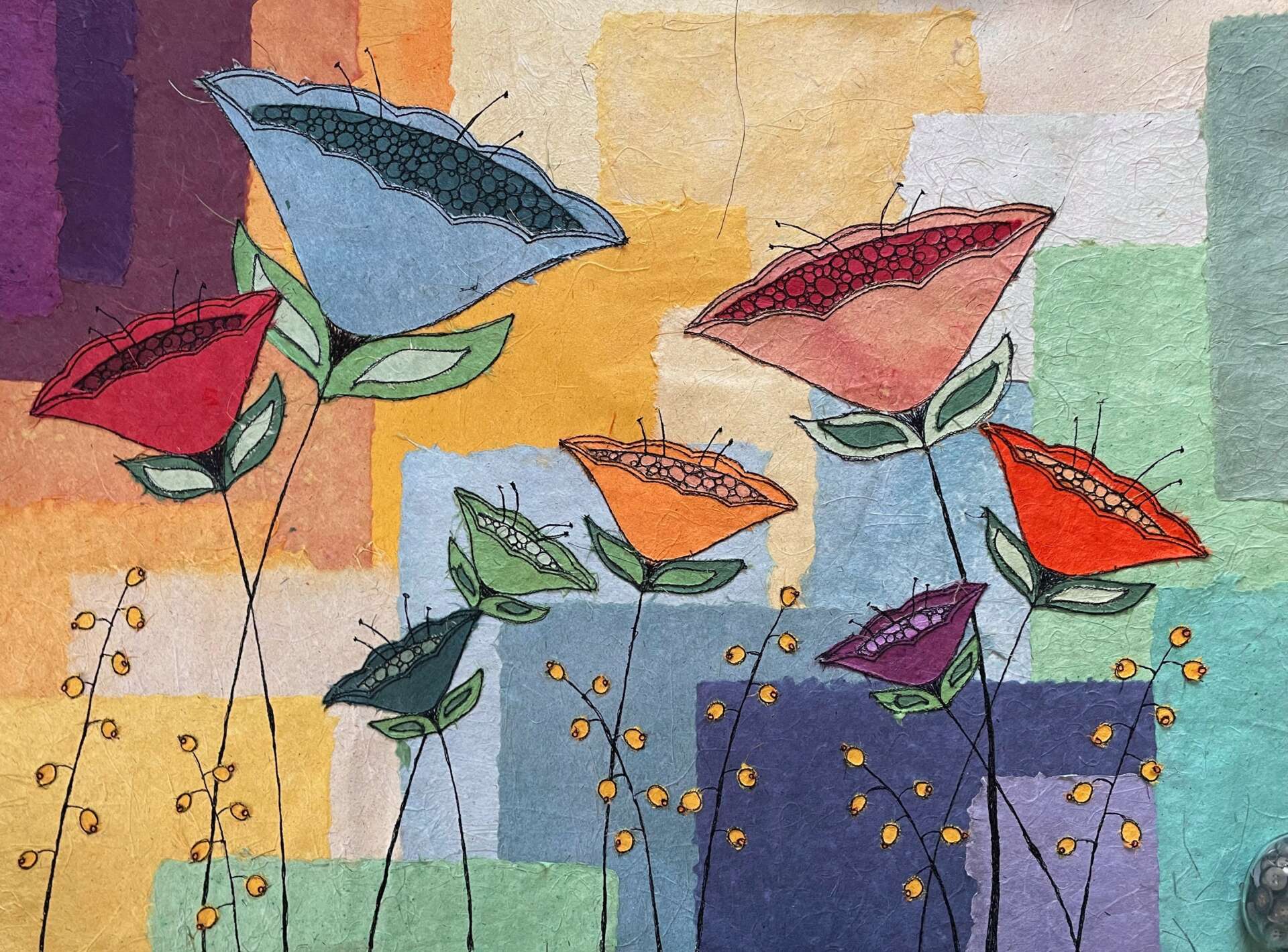We recently connected with Annie Simcoe and have shared our conversation below.
Annie, thanks for joining us, excited to have you contributing your stories and insights. We’d love to hear about the things you feel your parents did right and how those things have impacted your career and life.
My parents did a lot of things right. I can often be heard saying “I won the parents lottery”. If I have to choose one thing though, it would be that they have always encouraged me to pursue my passions. In college I planted myself firmly in a science tract, first engineering, then Geology. When I asked my advisors about taking archeology, ancient religion, or ART classes, I was always told they wouldn’t count towards my degree requirements and I should take a communications or statistics class instead. My parents advice was one hundred percent: Take the classes you are interested, the rest, your major, your career, will work itself out. I listened to the university advisors and not my parents and earned earned two degrees in Geology. In six years of higher education I never once took an art class. And my parents fully supported my journey I worked as a geologist for several years and really enjoyed it. But art was taking a larger and larger part of my life. When I transitioned to art full time my parents became my biggest fans, cheerleaders, and supporters. To this day they are eager to help in any way they can, wether it is dog sitting so I can travel to an art festival, folding and boxing notecards, or helping me clean my studio before an open house, they are all in. The part that they do so right is I know for certain it wouldn’t matter what my passion was they would be all in to support me.


As always, we appreciate you sharing your insights and we’ve got a few more questions for you, but before we get to all of that can you take a minute to introduce yourself and give our readers some of your back background and context?
I am a mixed media paper artist living and working in the mountains of Garrett County, Maryland. I creates one-of-a-kind papers by hand using materials I grow or forage. Drawing inspiration from life in the Allegheny Mountains, life events, and my travels, I then uses these papers for her “quilted collages” which are layers of paper “drawn” on with needle and thread.
I began making paper in 2003 while studying Geology at West Virginia University. For several years I worked as both geologist and artist collecting inspiration and paper-making materials from the Appalachian landscape of northern West Virginia and Maryland. I have been a full-time paper artist since 2009. Over the years I have won numerous art festival awards across the mid-Atlantic region, and has work in the permanent collections of the National Institute of Health, the Children’s Hospital of Richmond, VA, and West Virginia University. My work has been included in several publications including Cloth Paper Scissors magazine.
Process/Concept
I make all of my papers using materials I grow in my garden, collect from friend’s gardens, or gather from the fields and woods near my home in Western MD. Most of my papers are made from heirloom Bloody Butcher corn husks and a fiber called abaca. When time allows, I work with other fibers such as iris leaves, rye grass, and ramps. Cornhusks are abundant, easy to store, and produce consistent results, so I work with them the most. To achieve the vibrant colors, I dye the papers with fabric dyes while I make them. Once the papers are dry the real creative process beings. I create images by layering my papers and “drawing” on them with needle and thread. This involves collaging and sewing the papers together. I do all of my sewing using free motion quilting techniques. I often refer to the finished product as a “quilted collage”.
My process is very labor intensive. Plant fibers are boiled for 2-8 hours before paper can be made. The papers take up to 24 hours to dry. Each color is a separate batch so it takes 2-3 weeks to make all of the colors of paper. All of this happens before I begin a piece of art. But even if it were an option, I wouldn’t purchase papers for my art. My fibers came from my garden, were foraged, or gifted by neighbors. This makes each sheet of paper and each work of art unique, and little part of me. There is magic in taking something mundane, cornhusks, fabric dyes, thread, and turning them into something much more.


What can society do to ensure an environment that’s helpful to artists and creatives?
The number one thing society can to do best support artists and creatives is to buy their art. Don’t worry about it matching your sofa or if your interior decorator would approve. The only criteria for choosing art is do you like it? Artists deserve to make a living wage, with out side hustles or teaching workshops (unless they want to). If you can’t afford an original, buy a reproduction. Comment on and share their posts on social media. And while you’re at it, set aside the cliche of “the starving artist”. As in every entrepreneurial endeavor, it takes a lot of creative and non-creative work to make a living as an artist but it is very possible.


Let’s talk about resilience next – do you have a story you can share with us?
At the beginning of 2020, I was a full time artist who made the vast majority of their living traveling to large art festivals in cities mostly in the Mid-Atlantic region. In March of 2020 the first art festivals began to cancel. It would be a full 18 months before one of the art festivals I regularly go to was able to happen. I have had many people assume that I stayed home and made tons of art. Being creative on demand is difficult. How my art turns out is often influenced by my mood, and I find my creative juices run dry when I am scared. This was a very scary time. I was facing an unknown amount of time without my way of making a living. So no, I wasn’t able to make art for when art festivals returned. Instead I hustled. Historically online sales are notoriously challenging for 2D artists. People like to see it in person before they buy. But I increased my online presence anyway. I created new bodies of art and hosted virtual gallery exhibitions, I applied for every grant I could, I took part time jobs when they were offered, and even sold veggies and flowers from my garden in a road side stand. And I made it through. We are more or less on the other side now and art festivals are back. I didn’t go bankrupt or leave my art career for a non-creative job. Those were hard dark days but there were gifts as well. I have kept one of the part time jobs because it is a labor love, and the veggie and flower stand because I just love it. I think the biggest gift from those difficult years, was that once a little of the scary wore off I started creating new art. I found that without the pressure to have “inventory” for large art festivals I was able to make the art I just wanted to make, possibly for the first time since the days before I was selling my work. With out the pressure to produce volume I was able to create a body of art that is even more personal to me (everything I make has a little piece of my soul in it) and the stories of my life.


Contact Info:
- Website: www.abphart.com
- Instagram: ABPH Art
- Facebook: ABPH Art


